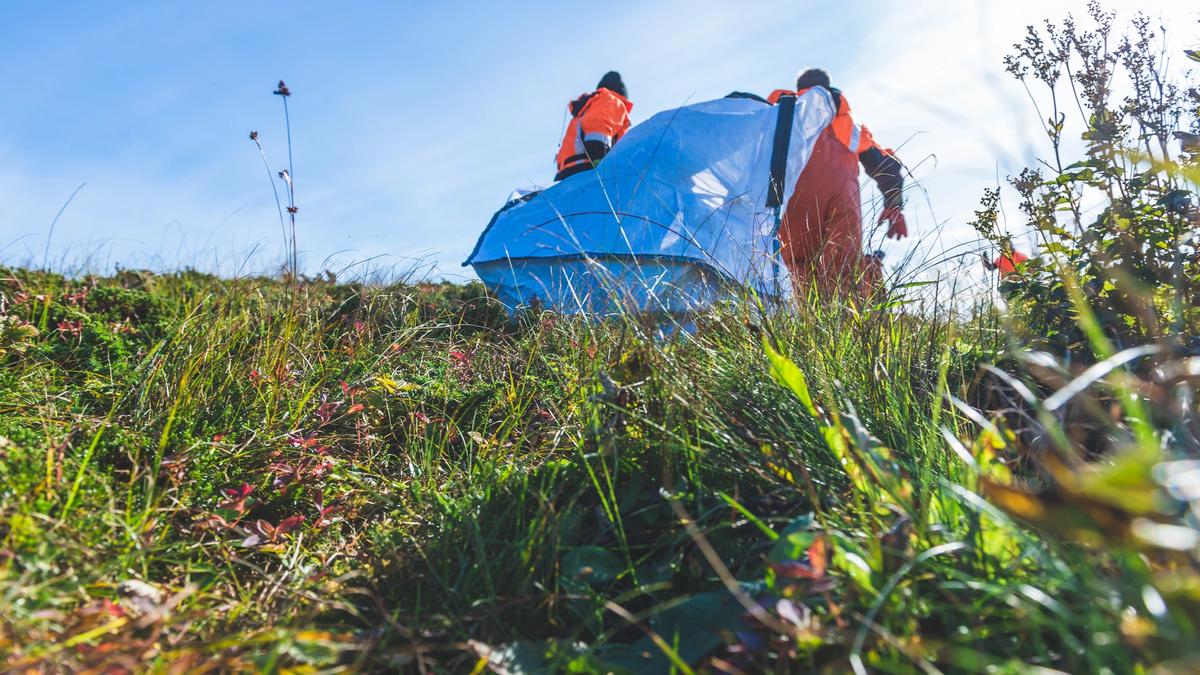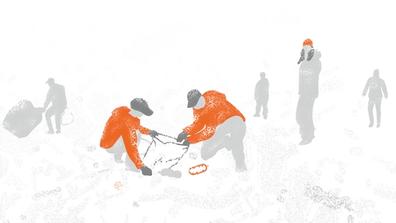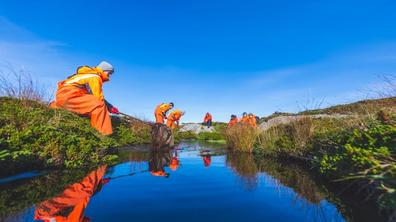About clean-ups
We know that clean-up activities make a difference. We can prevent birds and animals from getting entangled in or eating marine waste by removing the waste from coastal areas and beaches. Clean-up activities are also useful in preventing waste from returning to the sea and spreading further. Plastic waste that is not collected will be degraded into microplastics and nanoplastics and will eventually be absorbed into the food chains.
Cleaning a beach or along the coast can be a simple matter but it can also be very challenging. In this article, we will summarise some matters that beach cleaners should be familiar with.
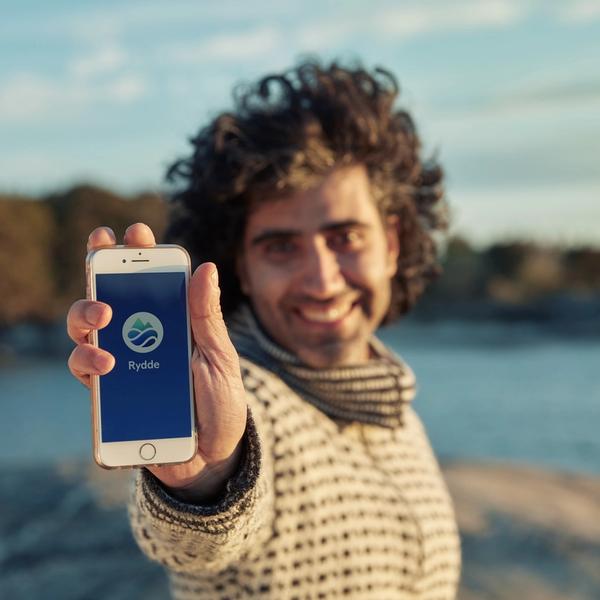
Rydde and Rent hav
Rydde is a digital tool for creating and keeping an overview of clean-up operations and to register collected waste. Rydde includes an overview of planned and completed clean-up operations, clean-up statistics and the closest waste management companies and provides the opportunity to report littered areas. In Rydde, you can create clean-up operations and invite others to participate. Rydde is available both as a web solution and as a mobile app.
Rent hav has a digital map service that includes useful information for those who plan and carry out clean-up operations.
The following can be done by anyone in Rent hav:
- See an overview of clean-up operations.
- Get an overview of national environmental information that should be used in the planning of clean-up operations.
Rent hav is still under development and new features will eventually become available.
Laws and regulations
No separate laws and regulations that govern beach cleaning only have been prepared. Nevertheless, as a beach cleaner, you must adhere to various laws that also apply to beach cleaning:
- The Pollution Act
- The Working Environment Act
- The Outdoor Recreation Act
- The Nature Diversity Act
- The Animal Welfare Act
- The Cultural Heritage Act
- The Maritime Code
- The act relating to leisure boats and small boats
- The Ship Safety and Security Act
- The Motorised Traffic Act
- The Road Traffic Act
Everyone must adhere to the requirements set down in these acts and associated regulations.
Health, safety and the environment
The objective is to carry out beach cleaning in a safe way proper manner without any injuries to personnel. The organiser has a responsibility for ensuring the safety of everyone participating in a clean-up operation.
To ensure safety, you need to assess the risks associated with a clean-up operation. Three simple questions form the core of risk assessments:
- What could go wrong?
- How can we prevent it?
- What can we do to reduce the consequences if it happens?
By answering these three questions, you have a great starting point for the planning and execution of the clean-up operation in a way that ensures safety.
As a participant in a clean-up operation, you need to follow the instructions that are provided, take care of your own safety and be considerate of the environment. Wear appropriate clothing, footwear and protective equipment and make sure to bring enough food and beverages.

The right to roam allows anyone to move around on uncultivated land, but you will not always be allowed to clean up where, when, and how you want. The Outdoor Recreation Act sets out requirements concerning considerate and careful movement, including for those who participate in beach clean-up. The Nature Diversity Act includes a general duty of attentiveness and this means that you must act attentively, familiarise yourself with any natural assets you could influence during a clean-up operation and do anything you can to prevent the clean-up activities from inflicting damage to the natural diversity. The goal is to leave the landscape in a better condition after completing the clean-up activities and with few traces of the clean-up activities having taken place.
Planning a clean-up operation
Proper planning forms the basis for the successful execution of a clean-up operation.
Key questions during the planning phase:
- Where will you carry out the clean-up activities?
- Who will participate in the clean-up operation?
- When will you carry out the clean-up activities?
- Is the area protected and what are the protection provisions that apply?
- Is there any listed cultural heritage in the area?
- Are you familiar with the area or should you carry out an inspection prior to the clean-up operation?
- How will clean-up personnel get to the clean-up area?
- What sort of equipment do you need to bring?
- What sort of first aid and emergency equipment do you need to bring?
- How to organise the clean-up activities themselves?
- How will waste be transported and managed?
- Who should you contact and speak with in advance?
- How will you inform all participants about practical matters?
- What is the weather forecast and tidal conditions like?
Keep Norway Beautiful provides clean-up kits containing bags, gloves, and information materials for volunteer cleaners. Some waste management companies provide free clean-up equipment such as gloves, transparent bags and bigbags for volunteers. You can find an overview of the collection points for clean-up kits in Rydde.
Create scheduled clean-up operations in Rydde and clarify how waste registration will be performed. As a minimum, you should plan to register which areas have been cleaned, how much has been cleaned up by volume and weight and how much time it took. If you want to contribute data to the citizen science on marine litter, you also need to register the types of waste you have collected using the Rydde waste reporting form.
Organising a clean-up operation
Different types of clean-up operations have different needs for organisation depending on e.g., the number of participants. Organisers of larger clean-up operations must ensure that the clean-up activities are organised effectively. If the organiser does not manage the clean-up operation themselves, they will need to appoint a clean-up leader. Define the clean-up area and clean systematically by dividing the area into sectors and allocating personnel into teams or groups that clean a sector each. You can mark out the sectors so that everyone can see where they will be cleaning.
Agree where to store bags and make sure that everyone is informed about the location. If the area is large, it may be appropriate to use multiple locations to store bags. To reduce the need to carry bags, it is a good idea to clean systematically from the outer edge of an area and towards the bag collection point.

Implementing cleaning
A shared practical information briefing should be provided concerning the execution and safety of cleaning before start of cleaning during a clean-up operation that has several participants. The briefing should, among other things, include information about the defined clean-up area, what should be cleaned, how to organise cleaning, sorting of waste, the collection point for waste, the assembly point and time of completion of the clean-up operation.
Everyone needs to be attentive and careful and must look after their own safety during the clean-up operation. Cleaning must not be performed in a way that may harm vegetation, plants, birds or animals. During manual cleaning, waste should be placed in transparent bin bags. If waste will be delivered for recycling, it may be necessary to sort the waste during cleaning. If this is the case, information must be provided before start. Do not overfill the bags, as you need to be able to close and securely tie them. Be careful when handling heavy bags.
Pick it up or leave it?
The starting point of all beach cleaning is that a cleaned area must appear clean, i.e., free from visible litter. You will find different types of waste when cleaning. Waste that is easily accessible can be picked up and placed straight into bin bags, however, be careful if you find hazardous waste. Hazardous waste must be managed in accordance with the guidelines for the management of different types of waste. Untreated wood can be left.
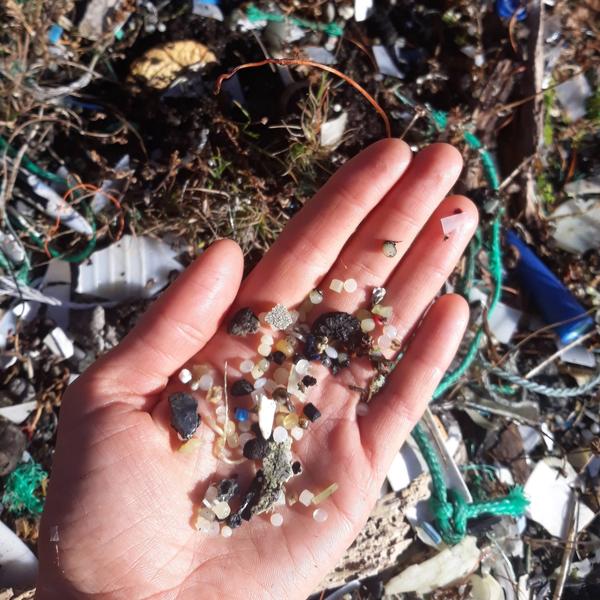
Small pieces of plastic, such as plastic pellets, small rope fibres and polystyrene balls are time-consuming to pick up and will often be entangled in vegetation, clumps of seaweed or mixed into the soil, but should be picked up if practicable. The organiser should consider the time spent on picking up small pieces of plastic and clarify whether they should be picked up.
If you come across large, heavy objects that you cannot pick up or otherwise remove, you need to register the objects in Rydde. Shipwrecks constitute a dedicated category in the Report function in Rydde. Shipwrecks should also be reported to the local authority.
Be careful with the vegetation
If you find waste that is fully or partially buried or overgrown by vegetation, you need to consider whether to fully or partially remove it or whether to leave it. When considering this, you need to consider whether removal would result in significant impact on nature and how difficult and time-consuming it is to fully remove the waste. Larger objects such as fishing nets, seines or drag cables that are partially buried or overgrown can be cut into pieces to remove the visible part. Other overgrown objects, such as plastic jugs, plastic bottles and polystyrene pieces can often be picked up by moving the vegetation aside. You need to pick up the pieces if such items disintegrate.
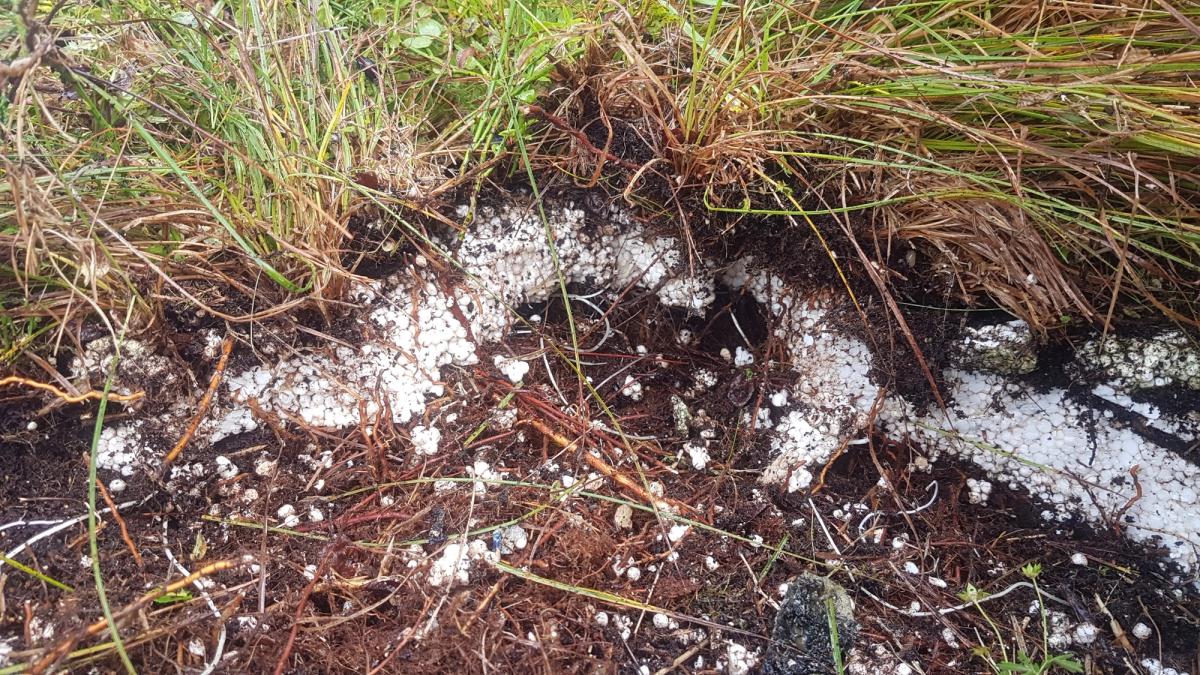
Hazardous waste
Hazardous waste must be handled carefully and transported securely using suitable containers. Hazardous waste must not be handled by minors.
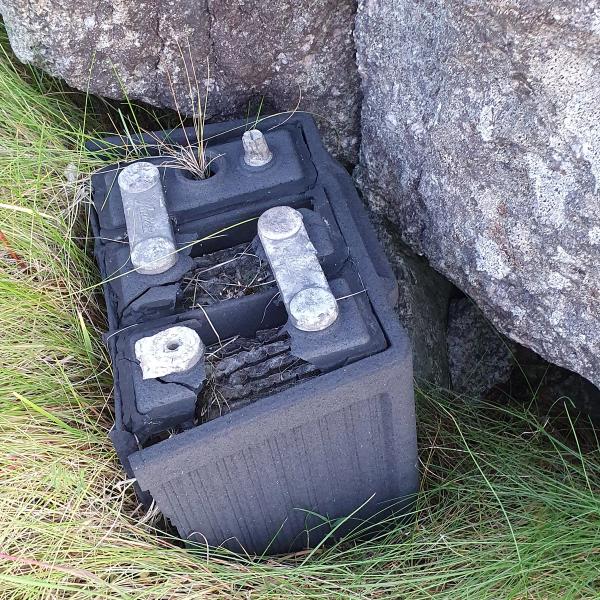
Examples of hazardous waste include:
- Liquids such as waste oil, other chemicals, and toxic substances
- Needles, syringes, and other sharp objects
- Gas bottles
- Explosives and bomb or mine-like objects
- Car batteries
- Ampoules containing toxic substances
If you are in doubt what you have found and whether it is safe to pick up, keep your distance and leave the object where it is. Register the findings, including a description, the location and preferably a picture of the object and notify the police.
Useful equipment
Even though a lot of waste can be picked up and placed straight into a bag, you may find the following equipment useful:
- Knife (preferably with a serrated blade)
- Litter pickers
- Rakes or forks
- Spade
- Crowbar
- Axe
- Hacksaw or pocket saw
- Claw for pulling rope out
- Timber tongs
- High-visibility vests
- Knee pads
- Waders or dry suit
In areas with a lot of small pieces of waste, such as plastic pellets, it might be useful to use a leaf blower, industrial vacuum cleaner and sieve or strainer. When using this type of equipment, it is important to be careful not to remove biological material, small animals, and insects.
Plastic in the soil
In some littered areas, litter is layered in the soil and it will be necessary to use heavy machinery and specialist equipment to remove the litter. Machine cleaning using heavy machinery cannot be performed without first investigating which laws and regulations apply to the area that will be cleaned. It is important to assess the environmental impact of such major interventions and interventions like these are usually subject to applications. The work must be performed as carefully as possible. Cleaning using machinery and specialist equipment should be performed by personnel who have experience with the use of the equipment and the expertise to assess the environmental risks associated with machine cleaning.
Register in Rydde
Register relevant information about the clean-up operation in Rydde. You can choose whether to register only the clean-up location, the number of participants, the volume and weight or whether to participate in grassroots research and register findings using a waste reporting form in Rydde. You can register waste you have found using the waste reporting form in the Rydde app while you are out cleaning or by registering any findings afterwards.
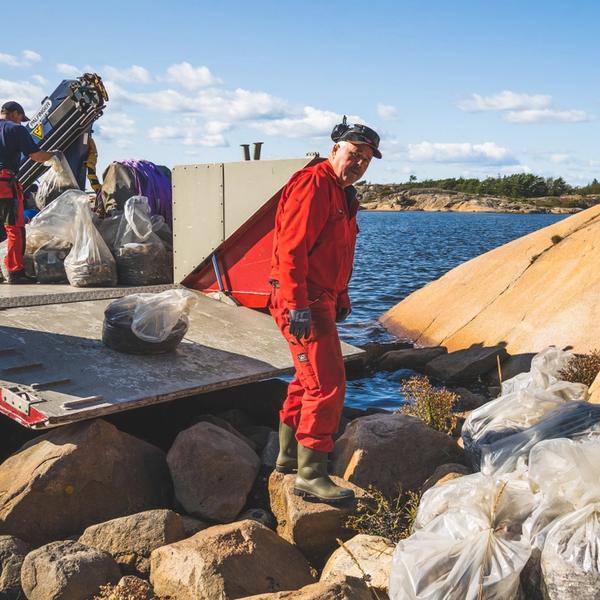
Transport and handling of waste
A clean-up operation is not complete before waste has been removed from the clean-up location and delivered to a waste and recycling centre. All waste must be delivered to an approved waste and recycling centre and handled by a waste management company.
If the bags containing waste will be collected later, you need to make an agreement for collection and transport. Remember to secure the waste at the collection point so that it is not scattered by weather, wind, birds, or animals. Food waste should be brought home to prevent birds and animals from digging through bags to find food.
Completing a clean-up operation
When you complete a clean-up operation in the field, the goal is to leave the landscape in a better condition than before cleaning and with few traces of the operation. It is good practice to arrange a completion briefing with all participants to summarise the experiences from the clean-up operation.
When the waste has been collected, the clean-up operation can be completed in Rydde.
If the pdf does not include images, please click Cancel and try again.


